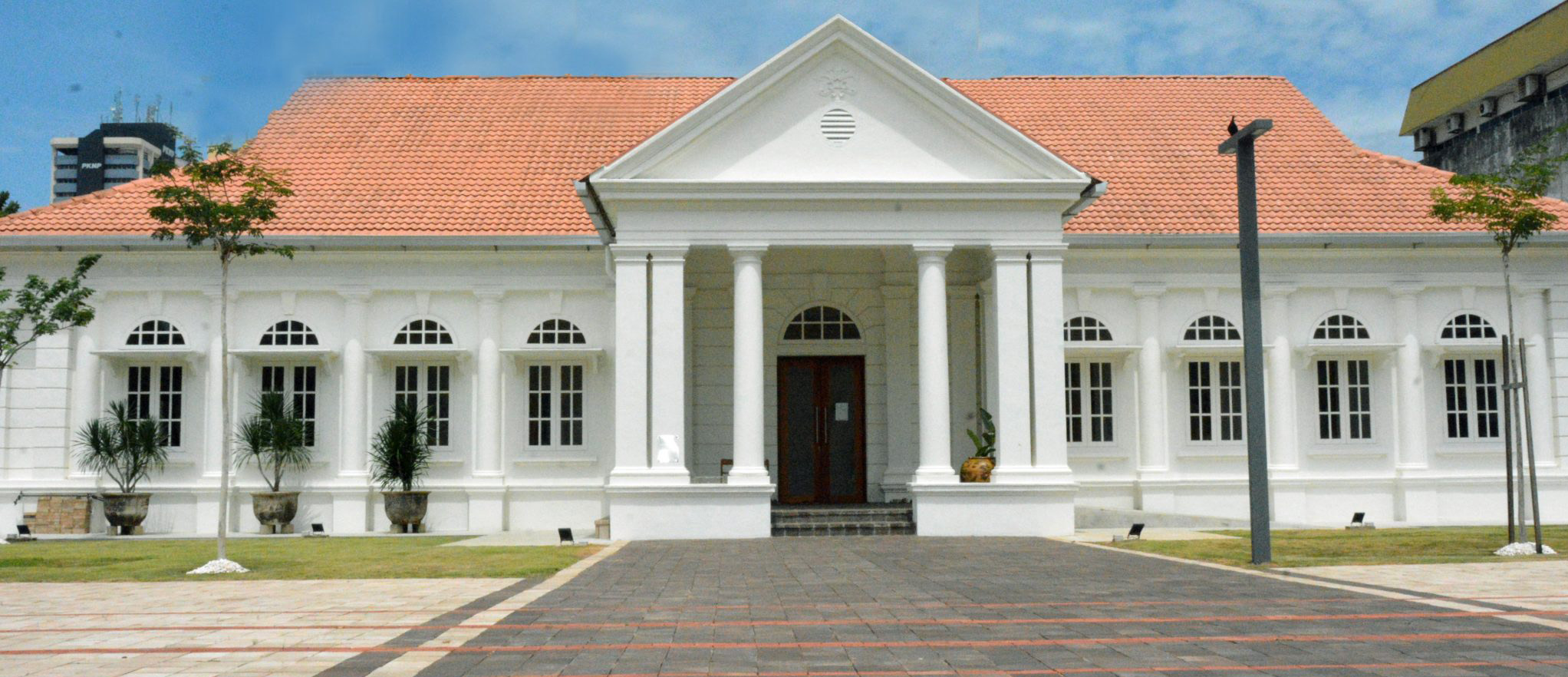| 000 -LEADER |
|---|
| fixed length control field |
03192nam a22002057a 4500 |
| 003 - CONTROL NUMBER IDENTIFIER |
|---|
| control field |
PMNP |
| 005 - DATE AND TIME OF LATEST TRANSACTION |
|---|
| control field |
20250604084723.0 |
| 008 - FIXED-LENGTH DATA ELEMENTS--GENERAL INFORMATION |
|---|
| fixed length control field |
250604b |||||||| |||| 00| 0 eng d |
| 020 ## - INTERNATIONAL STANDARD BOOK NUMBER |
|---|
| International Standard Book Number |
9781473695740 |
| 040 ## - CATALOGING SOURCE |
|---|
| Original cataloging agency |
PMNP |
| Language of cataloging |
eng |
| Transcribing agency |
Kutubkhanah Diraja |
| 082 ## - DEWEY DECIMAL CLASSIFICATION NUMBER |
|---|
| Classification number |
956.0150922 |
| 100 1# - MAIN ENTRY--PERSONAL NAME |
|---|
| 9 (RLIN) |
3160 |
| Personal name |
Baer, Marc David, |
| 245 ## - TITLE STATEMENT |
|---|
| Title |
The Ottomans : |
| Remainder of title |
khans, caesars, and caliphs |
| Statement of responsibility, etc. |
Marc David Baer |
| 260 ## - PUBLICATION, DISTRIBUTION, ETC. |
|---|
| Place of publication, distribution, etc. |
London |
| Name of publisher, distributor, etc. |
Basic books london |
| Date of publication, distribution, etc. |
2022 |
| 300 ## - PHYSICAL DESCRIPTION |
|---|
| Extent |
543p |
| Other physical details |
maps., ill |
| 520 ## - SUMMARY, ETC. |
|---|
| Summary, etc. |
"Ever since an Ottoman army led by Mehmed II conquered Constantinople in 1453, it has been common to see the Ottoman Empire as the Islamic, Asian antithesis of the Christian, European West. But in reality the Ottoman dynasty ruled a multiethnic, multilingual, and multireligious empire that stretched across parts of Europe, Africa, and Asia. The Ottomans: Sultans, Khans, and Caesars offers a bold new history of this empire that straddled East and West for nearly five hundred years and negotiated the challenges of religious difference in ways that had a profound influence on the emergence of our modern world. As historian Marc David Baer shows, the Ottomans enjoyed a tripartite inheritance as they rose from a frontier principality to a world empire. The dynasty's origins can be traced to the tribes of Turks and Tatars pushed westward into Anatolia by Mongol expansion in the thirteenth and fourteenth centuries. But it was equally indebted to the Islamic scholars and Sufi sheikhs who proselytized Islam across this region and legitimated Ottoman rule. And from the Byzantine empire they supplanted, the Ottomans borrowed bureaucracy, culture, and claims to universal rule as the successors of Rome. Ottoman rulers did not only call themselves khans and sultans, but also caliphs, emperors, and caesars. The Ottomans managed their diverse empire by striking a delicate balance: amid a profoundly hierarchal society, they pioneered the principles and practices of toleration of religious minorities, even as they also freely used religious conversion to integrate conquered peoples into the imperial project. Indeed, the Ottomans were the only world empire to rely on converts to make up its ruling dynasty and to populate its military and administrative leadership. By receiving them as converts to Islam, they brought everyone from Byzantine and Serbian royalty to enslaved captives to common herdsmen into the elite fold as princesses, statesmen, and battlefield commanders. It was only in the final decades of the nineteenth century that the Ottomans began to turn away from this approach, trying to save the empire by making it into an exclusively Ottoman Muslim polity, and then into a Turkish one. The tragic consequence was ethnic cleansing and genocide, and the dynasty's demise in the wake of the First World War. For better and for worse, the Ottoman Empire was as magnificent and as horrible as any of its European contemporaries. The Ottomans reveals its history in full, showing how again and again it remade the world from the Renaissance and the Enlightenment to the dawn of a brutal century world war" |
| 650 #0 - SUBJECT ADDED ENTRY--TOPICAL TERM |
|---|
| 9 (RLIN) |
1577 |
| Topical term or geographic name entry element |
Kings and rulers |
| 942 ## - ADDED ENTRY ELEMENTS (KOHA) |
|---|
| Source of classification or shelving scheme |
|
| Koha item type |
Books |
| Suppress in OPAC |
No |
